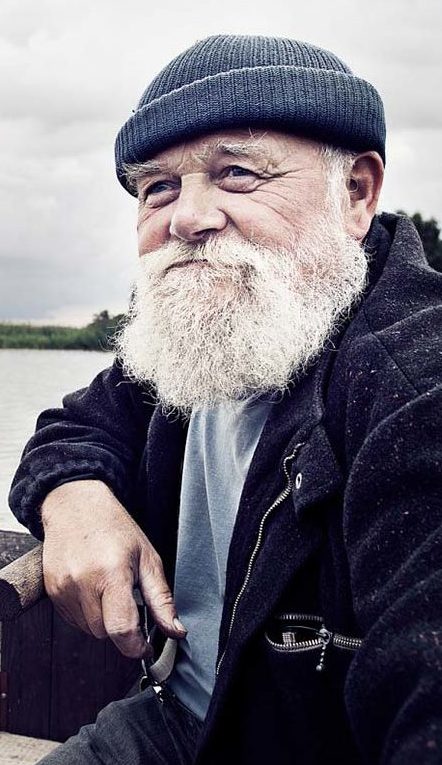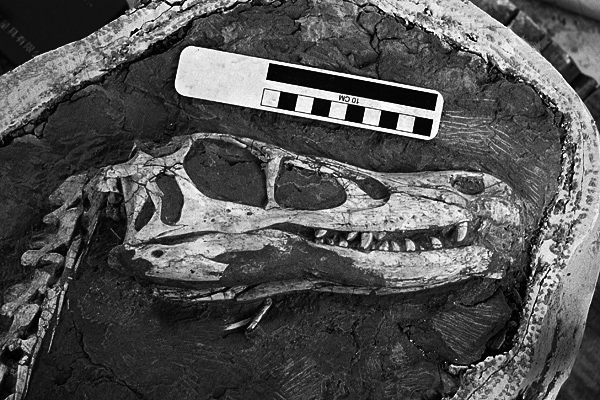Ander Svensson
Member from 1949 to 2003


Ander Svensson, born 1923 in Upsala, Sweden, was inducted as member of the Adventure Club of Europe (ACE) in 1949. At that time he was already a sought-after deep-sea expert, who had already explored and investigated various underwater ruins and shipwrecks. Many of his finds are still exhibited in museums around the world. The largest collection of his most valuable discoveries can now found in the Krønasår Museum – including his most controversial find, which he presented 69 years ago. It was an early morning in February 1948 in the frantic port of Reykjavik. Ander Svensson and his team went ashore with a giant skeleton that resembled an unimaginably large sea snake. The press releases were quickly published: “Svensson discovers sea monster”. Leading palaeontologists enthusiastically made contact with Ander Svensson, whom they considered to be the finder of a rare chronosaur skeleton. When he declared that his discovery was by no means of chronosaur descent (as they extinct before the turn of the millennium), but a Svalgur a mythical sea creature which, a few thousand years ago, was supposed to keep the inhabitants of an as yet unknown, sunken city away from the ‘source of life’, it brought on a bout of confusion among the scientists.
Unwilling to contradict such a renowned researcher, most deep-sea explorers and palaeontologists initially refused to comment on Svensson’s claim. In the end, however, Ander, who attempted to prove his thesis by means of written myths, faced scorn and great derision. Even as paleontists six months later confirmed that it indeed was not a chronosaur but a hitherto probably unknown dinosaur species, Svensson still had a hard time restoring his reputation. For the next 30 years he would continue searching for the unknown, sunken city, and thus for evidence of the existence of the Svalgur. Alas, he never found it. The innumerable new discoveries that he made on his travels instead, and for which deep-sea explorers still admire him to this day, no longer interested him. His dream was the unknown, sunken city right up until his death in 2003. A dream that would remain unrealised.Even now, 13 years after his death, members of the ACE are happy to talk about their esteemed friend and colleague, Ander Svensson, who has done much for deep-sea research and enriched the club with his euphoric nature. The skeleton of the sea snake is now exhibited in the Krønasår Museum. The Adventure Club of Europe is in possession of one of its huge teeth.



